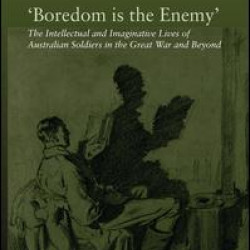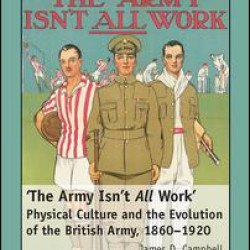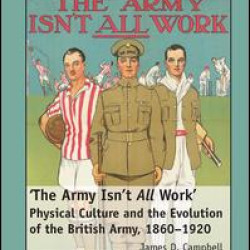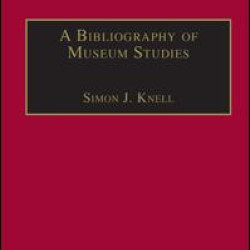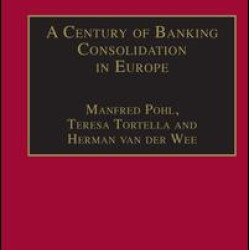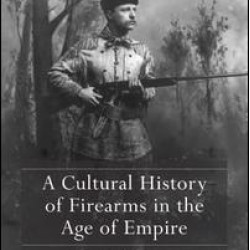Modern History 1750-1945
Brand: Taylor & Francis
Model: Stock
In this, the first scholarly biography of Donald Hankey - the 'Student in Arms' of the first world war - Ross Davies recovers his life, from his birth into a banking and slave-owning dynasty in 1884 to his death at the Somme in 1916. Hankey's story marks a significant contribution to our understandi..
₹3,083.74 ₹3,854.68
Brand: Taylor & Francis
Model: Stock
Exploring the concept of military boredom, this book investigates how soldiers spent their time when not engaged in battle, work or training through a study of their creative, imaginative and intellectual lives. Drawing on the experience of Australian troops participating in three key twentieth-cent..
₹2,643.10 ₹3,303.88
Brand: Taylor & Francis
Model: Stock
Exploring the concept of military boredom, this book investigates how soldiers spent their time when not engaged in battle, work or training through a study of their creative, imaginative and intellectual lives. Drawing on the experience of Australian troops participating in three key twentieth-cent..
₹8,812.80 ₹11,016.00
Brand: Taylor & Francis
Model: Stock
This book documents the origins and development of formal physical training in the late Victorian Army and the ways in which the Army's gymnastic training evolved into a vital building block of the process of turning a civilian into a fighting man. It also assesses the nature and extent of British m..
₹2,643.10 ₹3,303.88
Brand: Taylor & Francis
Model: Stock
This book documents the origins and development of formal physical training in the late Victorian Army and the ways in which the Army's gymnastic training evolved into a vital building block of the process of turning a civilian into a fighting man. It also assesses the nature and extent of British m..
₹8,812.80 ₹11,016.00
Brand: Taylor & Francis
Model: Stock
Thirty years after the Argentinian invasion of the Falkland Islands, the war remains a source of continued debate and analysis for politicians, historians and military strategists. Not only did the conflict provide a fascinating example of modern expeditionary warfare, but it also brought to the for..
₹3,083.74 ₹3,854.68
Brand: Taylor & Francis
Model: Stock
A Century of Banking Consolidation in Europe..
₹3,083.74 ₹3,854.68
Brand: Taylor & Francis
Model: Stock
A Century of Banking Consolidation in Europe..
₹7,711.20 ₹9,639.00
Brand: Taylor & Francis
Model: Stock
Firearms have been studied by imperial historians mainly as means of human destruction and material production. Yet, as suggested by constructivist approaches to the history of technology, firearms have always been invested with a whole array of additional social meanings. By placing these latter at..
₹8,812.80 ₹11,016.00
Brand: Taylor & Francis
Model: Stock
This book is a narrative history of how and why Australia built a distinctive welfare regime, from the late 19th century to the mid-20th century. It places the development of a welfare state in the 1940s in the context of what had gone before, showing that choices made in earlier decades constrained..
₹3,083.74 ₹3,854.68
Brand: Taylor & Francis
Model: Stock
This book is a narrative history of how and why Australia built a distinctive welfare regime, from the late 19th century to the mid-20th century. It places the development of a welfare state in the 1940s in the context of what had gone before, showing that choices made in earlier decades constrained..
₹8,812.80 ₹11,016.00




